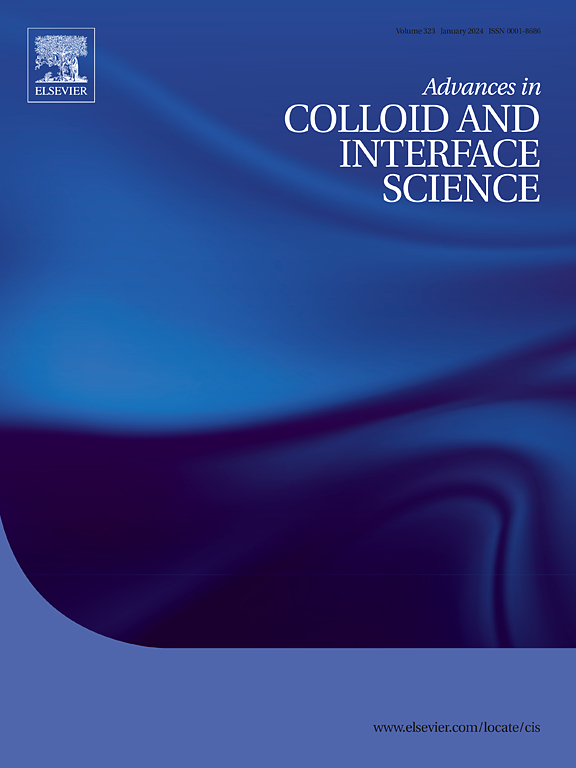Advances of emulsification during the lifetime development of heavy oil reservoirs
IF 15.9
1区 化学
Q1 CHEMISTRY, PHYSICAL
引用次数: 0
Abstract
Emulsifications are associated with the reservoir formation and lifetime development due to the characteristics of heavy oil and influence of injected fluid. The types of formed emulsions (W/O, O/W, or W/O/W) are also change as time goes. Therefore, based on the characteristics and development methods of heavy oil reservoir, emulsifications and their properties during lifetime development are summarized in detail. Heavy oil reservoirs are usually developed by water injection/steam, followed by chemical agents flooding. Tremendous stable W/O emulsions would be formed during water/steam injection due to the action of active components in heavy oil. Resulting in significant changes of viscosity, freezing point, interface characteristics and yield characteristics. Therefore, the efficient development may severely restricted. Chemical agents can emulsify heavy oil to form O/W emulsion and greatly improve the fluidity. Its formation, stability, and interface characteristics are all affected by properties, types and adsorption forms of chemical agents on interface. Researchers are also committed to the study of interface characteristics and stability mechanism, to solve the problem of efficient development of heavy oil. However, serious W/O emulsion has occurred before chemical injection. In fact, the more common type of emulsion formed is W/O/W emulsion. Its properties are also very different from O/W emulsions due to the complexity of composition and structure. The study of W/O/W emulsion formation, stability and flow behavior is more suitable for chemical flooding. Similarly, the development and evaluation of chemical agents should focus more in its emulsification on W/O emulsion in porous media. The results obtained can provide the basic theory for study of interface characteristics and micro-dynamics of heavy oil-water-chemical agent during the lifetime development of heavy oil reservoir.

求助全文
约1分钟内获得全文
求助全文
来源期刊
CiteScore
28.50
自引率
2.60%
发文量
175
审稿时长
31 days
期刊介绍:
"Advances in Colloid and Interface Science" is an international journal that focuses on experimental and theoretical developments in interfacial and colloidal phenomena. The journal covers a wide range of disciplines including biology, chemistry, physics, and technology.
The journal accepts review articles on any topic within the scope of colloid and interface science. These articles should provide an in-depth analysis of the subject matter, offering a critical review of the current state of the field. The author's informed opinion on the topic should also be included. The manuscript should compare and contrast ideas found in the reviewed literature and address the limitations of these ideas.
Typically, the articles published in this journal are written by recognized experts in the field.

 求助内容:
求助内容: 应助结果提醒方式:
应助结果提醒方式:


